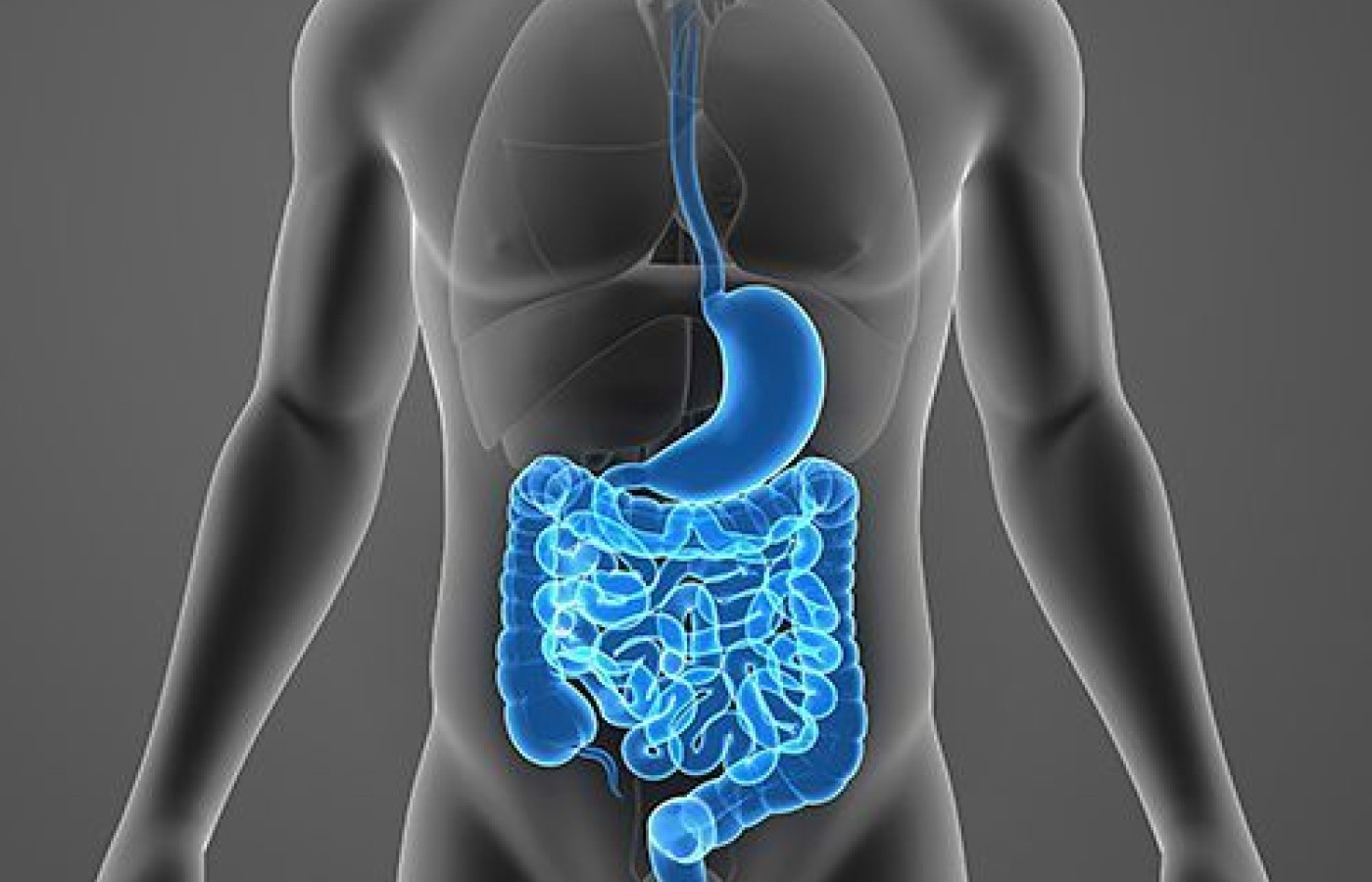One of the longest nerves in the body is known as the vagus nerve (VN). The VN is the 10th pair of cranial nerves that originates at the brain stem in the medulla oblongata. This nerve is part of the parasympathetic nervous system, which is a part of the ANS. Research suggests ear acupuncture can activate the VN.
Getting the Bowel Back on Track After GI Surgery
Recovery of GI function following bowel surgery can be complicated. Postoperative ileus – disruption in normal bowel motility – is a common and frustrating occurrence, affecting up to one in three patients after surgery.
Electroacupuncture appears to offer relief, shortening both the duration of postoperative ileus and reducing the incidence of prolonged postoperative ileus for patients following laparoscopic bowel resection due to colorectal cancer. Findings are based on a recent multicenter, randomized, sham-controlled, clinical trial conducted in four tertiary hospitals in China.
The study included 248 patients ages 18 and older who were randomly allocated to receive electroacupuncture (EA) or sham acupuncture (SA) following surgery. The primary outcome measure: time to first defecation. Secondary outcome measures included length of postoperative hospital stay, readmission rate within 30 days, and incidence of postoperative complications.

Patients received 30-minute EA or SA sessions daily for four consecutive days after bowel resection: Zhongwan (RN 12), and bilateral acupoints Tianshu (ST 25), Zusanli (ST 36) and Shangjuxu (ST 37) in the EA group; four non-acupoints between the stomach and gallbladder meridians, and spleen and stomach meridians, in the SA group.
Results: Average time to first defecation after surgery was 76.4 hours in the EA group – significantly quicker than in the SA group (90.0 hours); as were other measures of GI function: time to first flatus (gas; 44.3 hours EA vs. 58.9 hours SA) and time to tolerability of a semiliquid diet (105.8 hours vs. 116.5 hours). Prolonged postoperative ileus occurred in only 10 percent of EA patients vs. 20 percent of SA patients. Length of hospital stay, readmission rates within 30 days and postoperative complications) were similar between groups.



